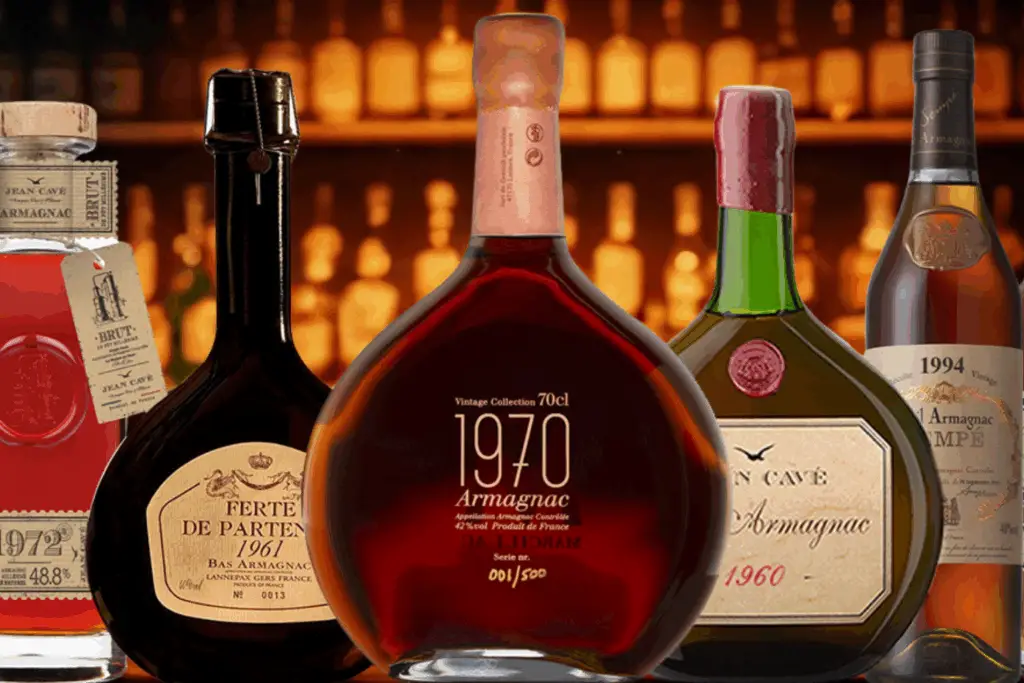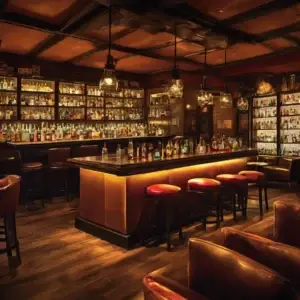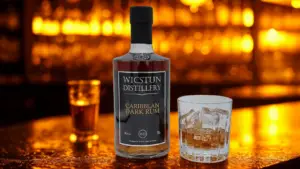Long before Cognac became a symbol of French luxury, another spirit quietly defined the art of distillation in the southwest of France. Armagnac, the country’s oldest brandy, traces its origins to the 14th century, emerging from the heart of Gascony, a region known for its pastoral charm and deep-rooted craftsmanship. Here, the rolling vineyards, rustic villages, and enduring traditions give birth to a spirit that embodies authenticity and time-honored artistry.
A Heritage Distilled in Gascony
The story of Armagnac is inseparable from the land it comes from. Gascony’s sunlit hills, rich soils, and unhurried pace of life shape a brandy that mirrors the region’s personality, bold, earthy, and expressive. Unlike Cognac, which evolved into an international symbol of refinement and commerce, Armagnac remained a local treasure, nurtured by families who saw distillation as both livelihood and heritage. Small-scale producers passed their skills from one generation to the next, preserving a method that values integrity over mass production.
Centuries ago, the spirit was prized not only for its pleasure but also for its medicinal value. Historical records mention its use by monks and apothecaries who believed it possessed restorative powers. Over time, as Gascony’s winemakers refined their craft, Armagnac evolved from a rural elixir into a sophisticated expression of terroir, celebrated for its depth and individuality.
The Distinct Method of Making Armagnac
The production of Armagnac differs significantly from its northern cousin, Cognac. At its core lies the alambic armagnacais, a traditional continuous column still unique to the region. Unlike the double distillation used for Cognac, Armagnac is typically distilled once, a process that captures more of the grape’s natural character and complexity. This single distillation produces a spirit that is fuller-bodied, more aromatic, and capable of showing great nuance even at a young age.
The choice of grapes also sets Armagnac apart. While Cognac relies heavily on Ugni Blanc, Armagnac draws from a quartet of varieties, Baco, Folle Blanche, Colombard, and Ugni Blanc, each contributing a distinctive note to the final composition. Baco offers depth and structure, Folle Blanche delivers floral brightness, Colombard brings fruit and spice, while Ugni Blanc adds balance and acidity. Together, they form a symphony of flavor that speaks to Gascony’s agricultural richness.
Once distilled, the spirit is aged in Gascon oak barrels, made from the dense local wood of the Monlezun forests. This oak imparts robust tannins and warm, spicy undertones, giving Armagnac its distinctive depth and golden hue. Over time, the marriage between spirit and wood softens the edges, revealing layers of dried fruit, caramel, vanilla, and tobacco.

Vintages, Aging, and the Expression of Time
One of the most remarkable aspects of Armagnac is its approach to aging and classification. Like Cognac, it is labeled according to maturity such as VS, VSOP, and XO, yet it goes further by embracing vintage bottlings, single-year releases that reflect the personality of a particular harvest. Each vintage is a snapshot of a year’s climate, grape quality, and the cask in which it matured. This makes vintage Armagnac a collectible for connoisseurs who value individuality and authenticity.
Producers often bottle Armagnac directly from the cask, maintaining its natural color and strength. Some vintages are aged for decades, evolving from spirited youth to contemplative maturity. Unlike many commercial brandies, no two vintages are the same, and therein lies Armagnac’s true magic. It is not just a product of process but a living testament to time.
A Revival of Artisanal Spirit
Though overshadowed by Cognac in global markets, Armagnac has experienced a quiet resurgence. A new generation of distillers, often descendants of Gascon farming families, has renewed focus on craft, transparency, and terroir. This revival coincides with a broader appreciation for small-batch spirits and authenticity, drawing enthusiasts who seek something personal, expressive, and steeped in origin.
In contrast to industrial production, Armagnac remains largely handcrafted. The distillation season takes place only once a year, and many producers still use mobile stills that travel from farm to farm. This commitment to tradition and small-scale artistry ensures that every bottle carries a sense of place, a fingerprint of Gascony’s culture, soil, and soul.
The Enduring Soul of Armagnac
To taste Armagnac is to step into history. Each sip tells a story of land, patience, and craftsmanship. It is richer and earthier than Cognac, more intimate in character, and profoundly human in its imperfections. It is the drink of the Gascons, fiery, passionate, and proud, yet capable of immense grace with age.
For the Barlist community, Armagnac represents the enduring beauty of authenticity in an age of uniformity. It stands as a reminder that true excellence is often found not in luxury but in legacy. In its deep amber glow lies the essence of France’s oldest brandy, a spirit born of the land, shaped by time, and perfected through generations of devotion.


